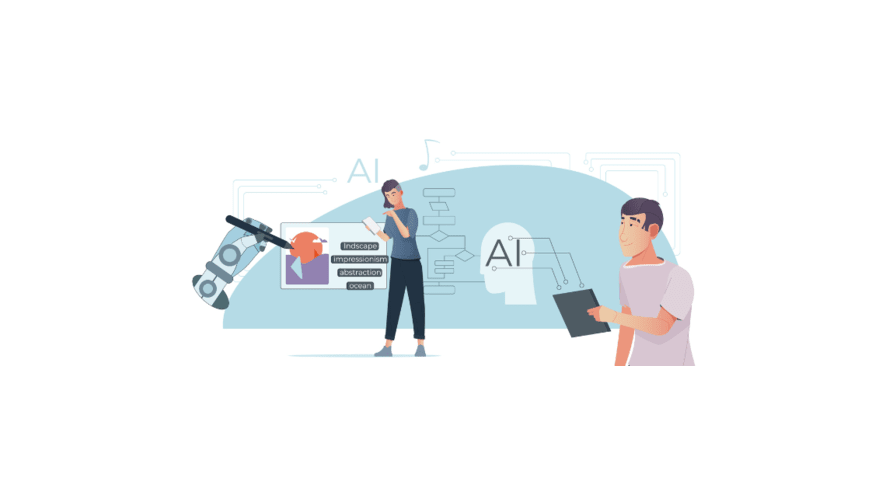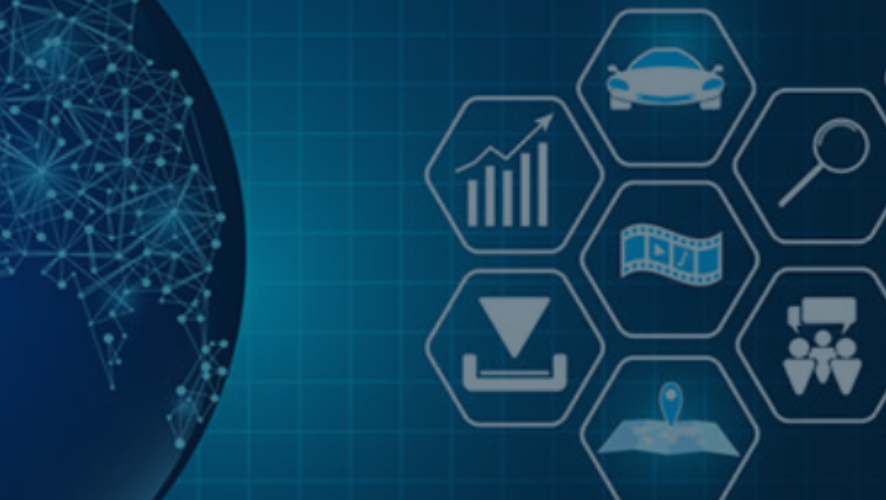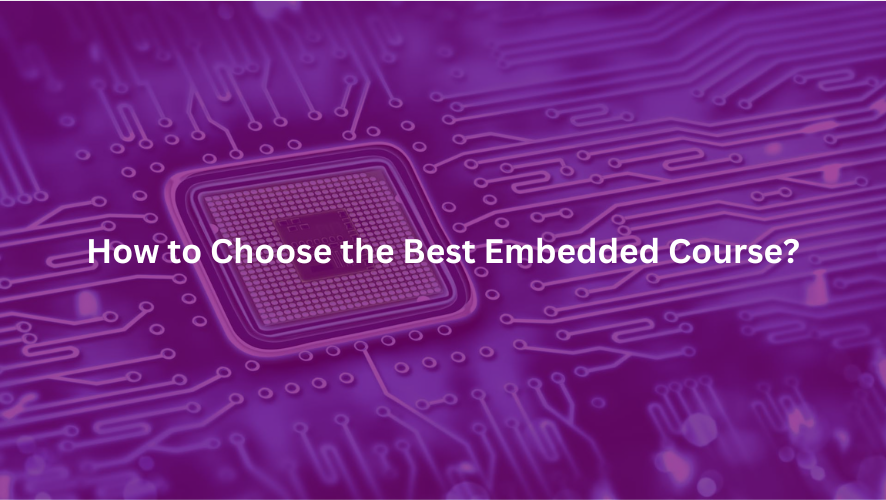AUTOSAR Diagnostics and Security Engineer
Start Your career with VAct AUTOSAR Diagnostics and Security Engineer Job Description • Experience and Strong Knowledge in AUTOSAR architecture and module interactions. • Hands on experience in AUTOSAR Basic SW Diagnostic Stack Integration (Classic or Adaptive) • Hands on experience in AUTOSAR Crypto Modules integration (Classic or Adaptive) • Strong knowledge in working on […]
Embedded Software Developer
Software Developer Job Description With a minimum of 3 to 6 years of hands-on experience in Embedded C and C++. The ideal candidates should have a solid background in software development and be well-versed in working Microcontroller technologies. Key Responsibilities:‘*Analyze reqruirements from customer & raise OPL’s * Develop C, C++, SW code against the SRS* […]
Mechanical Validation Engineer
Mechanical Validation Engineer Job Description B. E / B. Tech in Mechanical· 3 to 5 years of experience in Mechanical Engineering Domain (design & development of automotive products preferable).· Expertise in design and development of instrument cluster/infotainment· Expertise in mechanical designing tools ? Creo / Pro ? E, AutoCAD and windchill· Experience in working on […]
IoT’s Ascendance and Future Prospects in the Indian Embedded industry

Greetings to all curious brains and other tech lovers! Here, we’ll enlighten you on the intricate realm of embedded Internet of Things (IOT). Our purpose through this comprehensive blog is to guide you through the complex world of this intriguing technology, highlighting its most recent developments as well as the challenges it valiantly faces. At […]
The Upward Trend: Python’s Role in the Evolution of Embedded Systems

For constructing embedded devices, Python stands out as the optimal selection for software developers. Python has consistently held the top position in the programming language ranking, excelling in web, enterprise, and embedded systems applications. The language’s widespread preference can be attributed to its user-friendly nature. Leveraging Python to convey messages from embedded devices empowers end-users […]
A Comprehensive Insight into Python for Embedded Systems Developers

In the realm of embedded systems, there appears to be a prevailing skepticism towards Python, often seen as a language reserved for beginners while “real” developers are presumed to favor C. The sentiment, encountered even in interview settings, reflects a common perception that proficiency in Python merely involves adept Googling and code writing. Unfortunately, this […]
Artificial Intelligence and Machine Learning Using Python Programming

Artificial Intelligence and Machine Learning Using Python Programming Artificial intelligence (AI) and machine learning (ML) are reshaping industries, and Python stands as their backbone. Unlike traditional software projects, AI initiatives demand unique approaches. Python, not just a programming language but a powerhouse, plays a pivotal role in shaping the functionality of AI and ML models. […]
Investing in your success How Embedded Systems Courses Propel Careers

Investing in Your Success: How Embedded System Courses Propel Careers In our rapidly advancing, tech-driven world, achieving career success is a common aspiration. As industries continuously transform and place greater reliance on state-of-the-art technology, there’s a growing need for professionals who can proficiently leverage embedded systems. These experts work behind the scenes, ensuring that our […]
How to Choose the best Embedded course

How to Choose the Best Embedded Course Embedded systems have become the bedrock of contemporary technology. These dedicated systems, seamlessly blending hardware and software, serve specific functions and often operate within larger systems. From smartphones and automobiles to vital medical equipment and aerospace systems, embedded systems pervade every facet of our lives. Before we delve […]
The Power of CAN 5 Key advantages of CAN Bus Protocol

The Controller Area Network CAN Bus Protocol represents a sophisticated message-based protocol meticulously engineered to facilitate seamless communication among the Electronic Control Units (ECUs) within modern automobiles and various devices. CAN (The Controller Area Network) stands as the predominant automotive bus architecture, serving as the backbone of the automotive industry, with CAN controllers integrated as […]
Climbing the Career Ladder

Career advancement, a crucial aspect of professional growth, entails ascending the career ladder, assuming greater responsibilities, and enjoying enhanced remuneration. It’s indispensable for achieving a successful career. In a similar vein, embedded training revolves around mastering the convergence of hardware and software within specific functions, like industrial machinery, consumer electronics, and more. For those […]
